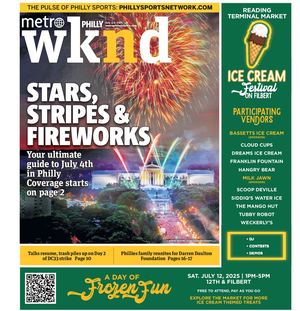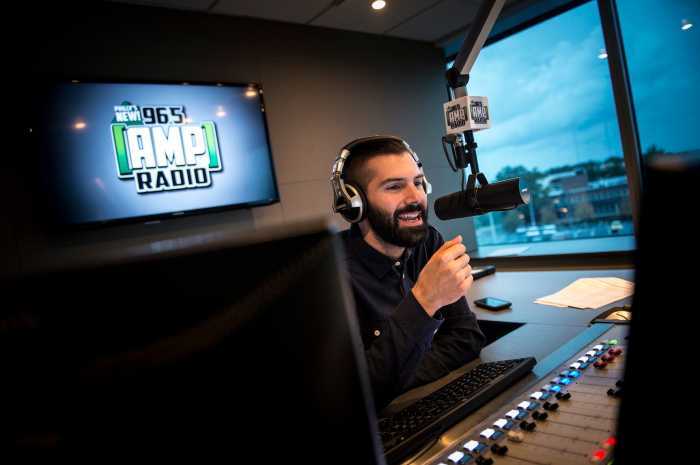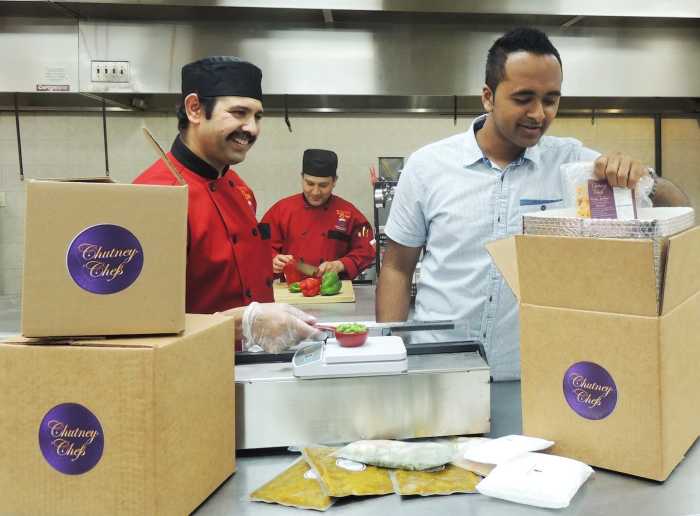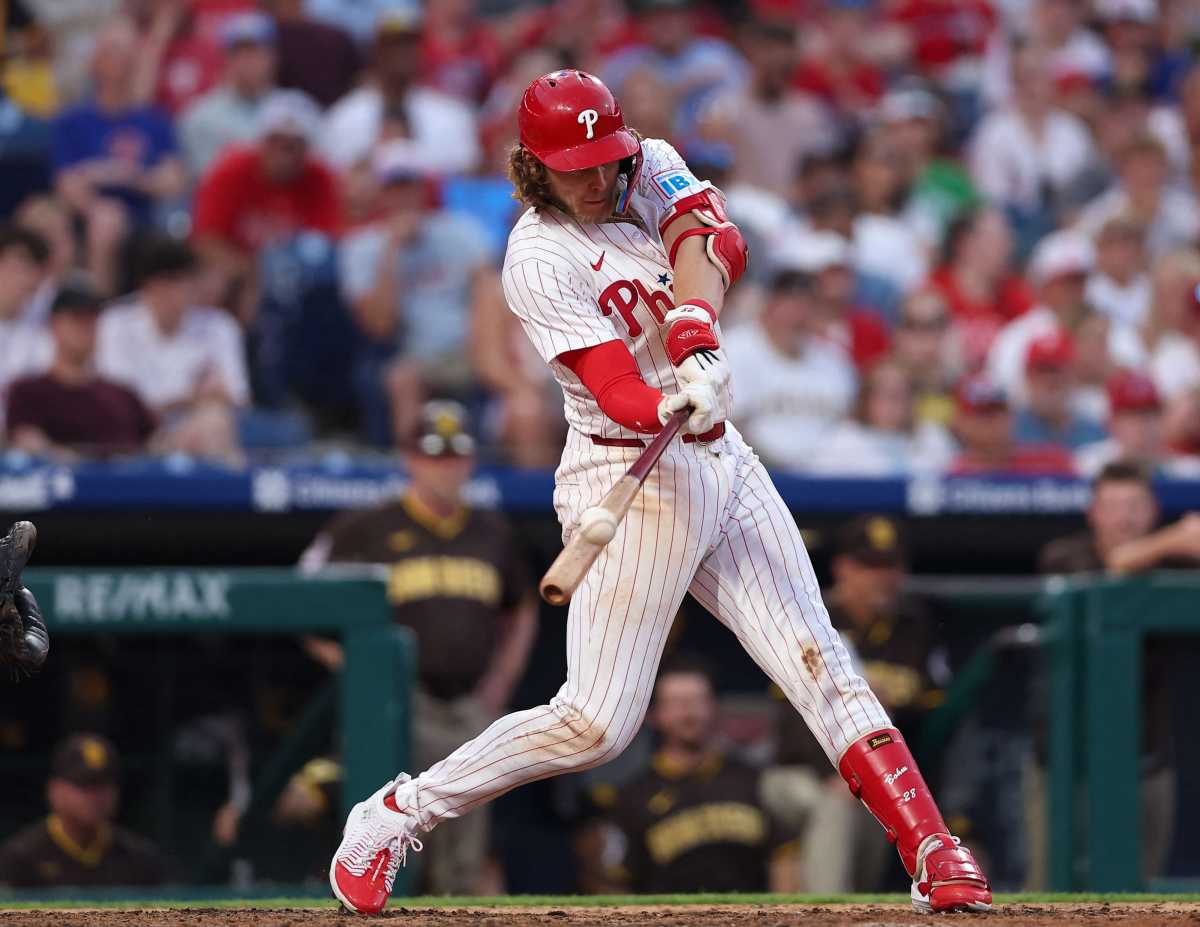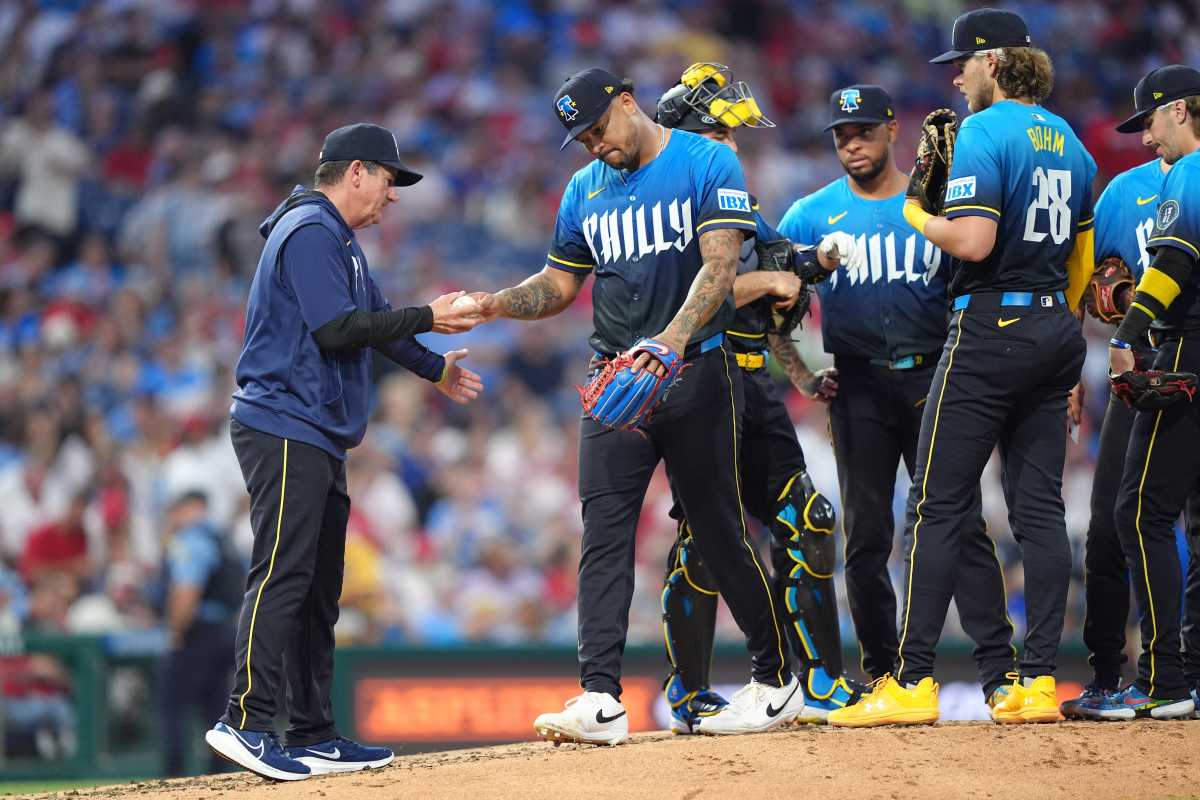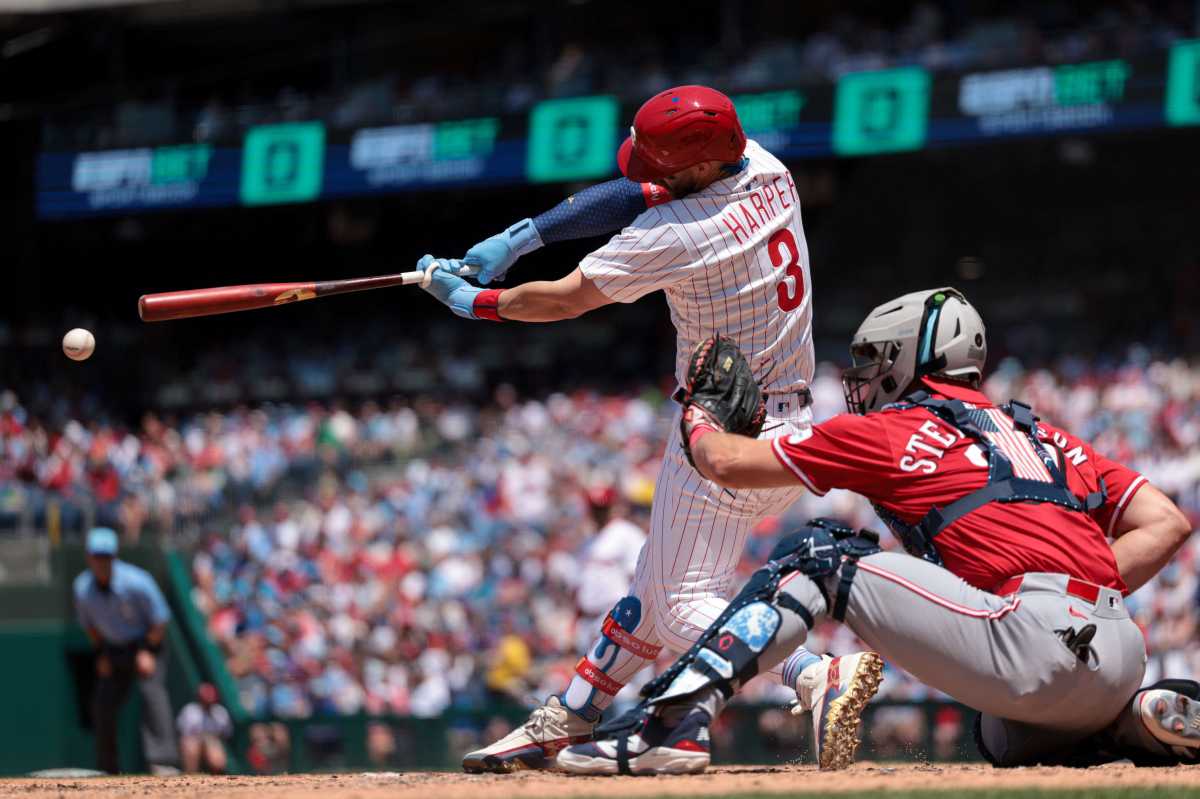With New Year’s Day around the corner, in Philly that also means the Mummer’s Parade — the crazily colorful parade of costumed dancers that has long been part of Philly’s heritage. This year, to address rising gripes that the Mummers who performed in the parade were almost all white or Caucasian, the Mummers organization has invited a more diverse variety of dancers and performers to participate in the Mummers’ new “Philadelphia Division.” Members of the new groups say they are just pleased to have a chance to participate in the city tradition. Related link:A warm December: Is it El Nino, or climate change?
“We are part of Philadelphia, we are part of the community, we want to participate and show what we are all about and what we have culturally to offer,” said Monica Orozco, 35, a member of the South Philly-based San Mateo Carnavaleros dance troupe. “It’s also a way to show that the Mexican community is here and we would like to participate — not only in the Mummers, but in any other activities in the city of Philadelphia.” The Carnavaleros may be best known for their annual Carnaval de Puebla, which they hold every April in South Philly with all members of the Mexican community invited.
Related link:Philly immigrant who finds time to help the less fortunate “It’s really a mix of tradition, culture and history,” Orozco said of the Carnavaleros’ performances. “For us to be able to show that at the Mummers, we are very proud and very excited.” Also in the new Philly division will be Second 2 None, a dance group from West Philly, and the LGBT/drag-themed Miss Fancy Brigade, which has participated in the Mummers parade since 2012.
Member Ian Morrison, 41, said the Mummers’ moves toward inclusion are strengthening the tradition for the future.
“There’s always gonna be changes in a society where forward thinking is the most accepted,” he said. “At the end of the daty you need to do what you need to do to keep the tradition alive.” Moves by the Mummers organization have come slow, Morrison said, because it is so steeped in history. Women weren’t allowed to perform in the parade until the 1980s due to the parade’s charter, which was only modified after all the original signers had died. The decision to include LGBT dancers and drag queens upset some traditionalists at first, he said, but since his group was allowed to join the parade in 2012, it’s become an accepted part of the parade. “I feel like our group, the LGBT group, broke down the door for all the other minorities,” Morrison said. “I think it’s a little scary at first, because people don’t like change. … [But] the more groups are included, the bigger the experience gets for everyone.” “Once you start the march, we’re all a big family.”
New, diverse Mummers excited to join tradition
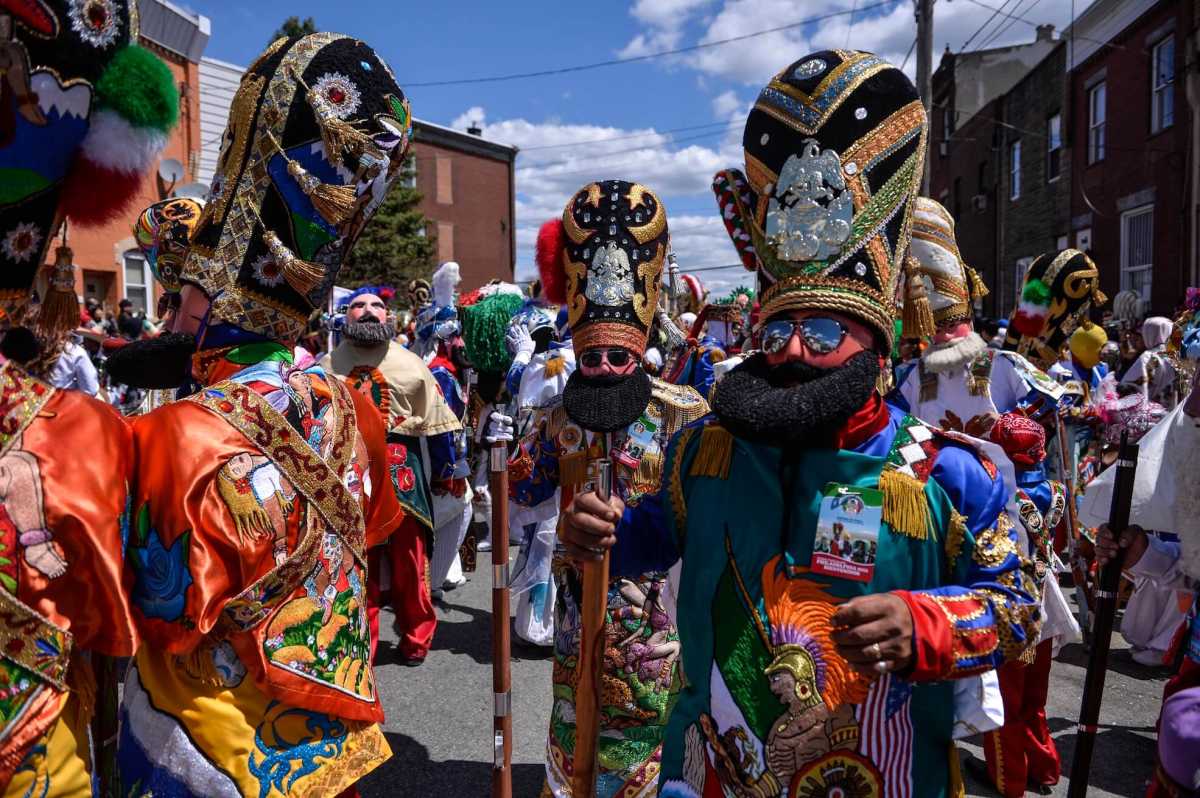
Charles Mostoller
